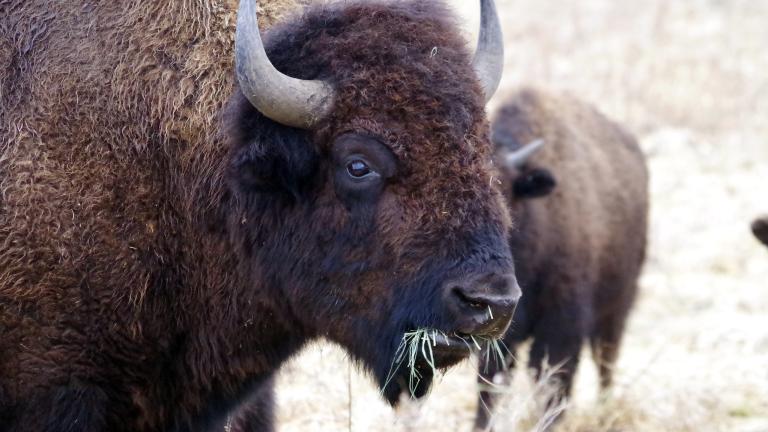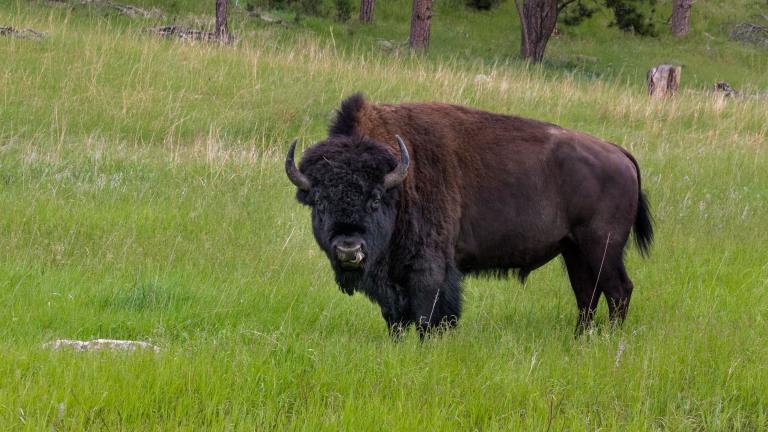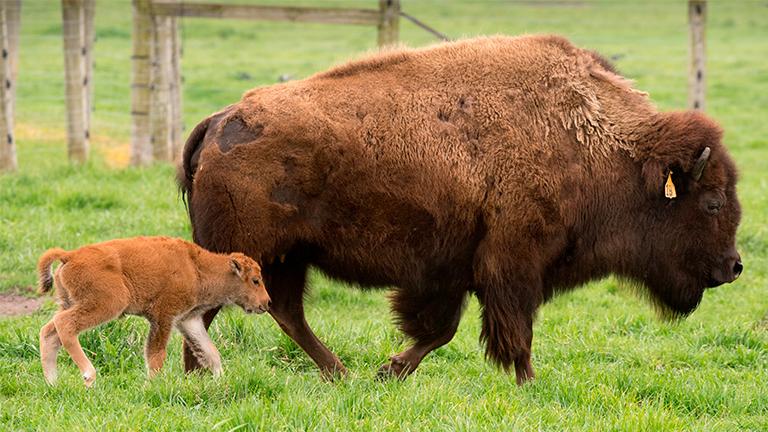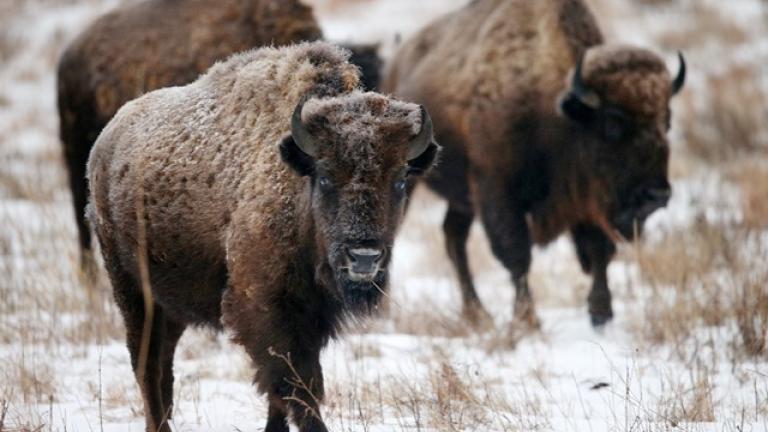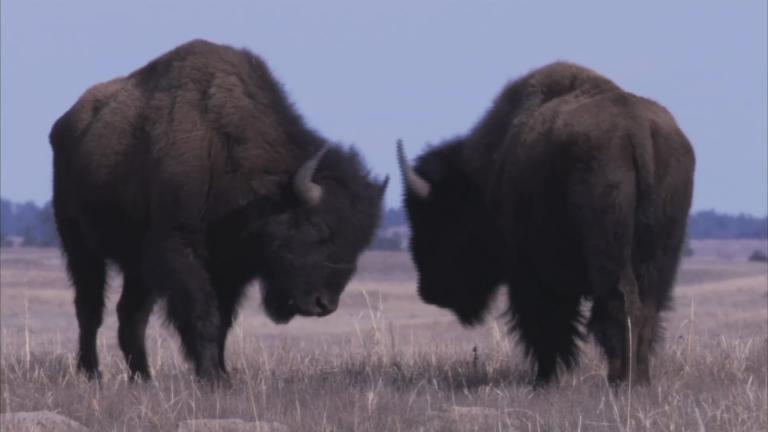New research shows bison are altering the landscape in unexpected ways when reintroduced to Midwest prairie ecosystems.
bison
This Week In Nature: Bison Are Making Nights Brighter on the Illinois Prairie. Guess Who’s Not Happy
The bison, known as “Tyson” or “Billy,” has been on the loose since fall 2021 after escaping from a Wauconda farm.
The recent births highlight the success of restoration and conservation efforts in Illinois.
Bison once roamed Illinois’ tallgrass prairies in some of the largest herds east of the Mississippi, but they’re so rare in these parts today, a single escapee from a Lake County farm is creating a social media stir.
Three calves, with their distinctive reddish-brown coats, were spotted this week at Midewin. Bison calves are typically born in April or May.
July is National Bison Month — who knew? Here’s where you can catch buffalo roaming, close to home, in Illinois and Indiana.
The National Bison Legacy Act aims to put the largest land mammal in America on the same level as the bald eagle, the country's national bird and a cultural symbol of independence.
Bison are once again roaming Illinois prairies. It's been more than 175 years since the last wild bison died in this state, but as of October they are back, thanks to The Nature Conservancy project in western Illinois called Nachusa Grasslands.
A bison conservation herd makes its way to Illinois to help protect the landscape.

